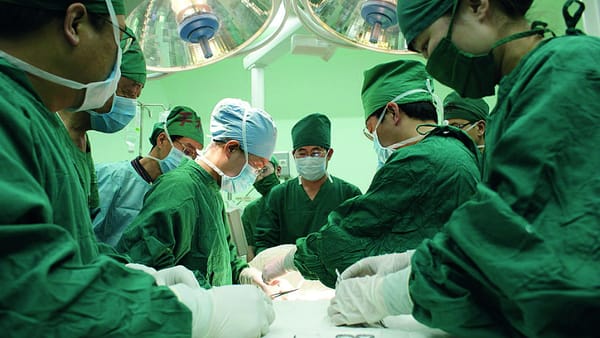Organoids are Nature’s method of the year
The technique allows for new insights into developmental biology.

For almost a decade, researchers have been investigating the possibility of using stem cells to form organoids: three-dimensional, multicellular assemblies that mimic the structure and function of organs. Organoid models have now been established for multiple organs, including the brain, liver, and kidney, using adult or pluripotent stem cells. More primitive tissues, for example the optic-cup, have also been established as organoids, opening up new avenues for the study of eye formation.
Developmental biologist Yoshiki Sasai and his group established this optic-cup organoid from a three-dimensional culture of mouse embryonic stem cell aggregates. This stem-cell derived retinal epithelium was observed to spontaneously form epithelial vesicles, the flexible distal portion of which folded inward to form a shape resonant with the embryonic optic cup. It is an excellent example of how organoid development often strongly resembles natural embryonic development in vivo, giving researchers the opportunity to study developmental processes and organogenesis (the development of organs).
Some methods for generating organoids from embryonic stem cells involve providing cells with minimum differentiation information and enabling them to self-organise. Other methods provide stem cells with signalling that is known to result in the differentiation into specific cells types. Regardless of the method employed, the resulting organoids can be used to increase our understanding of human processes and development, including disease. Organoids are especially useful for the study of genetic disorders that exert their malignancy in utero, and do not have accurate animal models. Cerebral organoids were recently used to model aspects of lissencephaly, a brain disorder in which the brain itself does not exhibit the usual folds seen in the cerebral cortex. This research identified a mitotic defect in glia, a cell type important in human cortical development.
While being an incredibly useful tool, organoids are far from the perfect models for study. A significant issue that arises from the use of in vitro organoids is the lack of a vasculature to sustain growth and development of organoids past foetal stages. It is not yet possible to introduce functional blood vessels into petri dish organoids, and current research is only able to link organoids to a circulatory system by transplanting them into live animals. Perhaps in the future, more complex in vitro organoids will arise, with researchers eventually being able to grow entire human organs.








